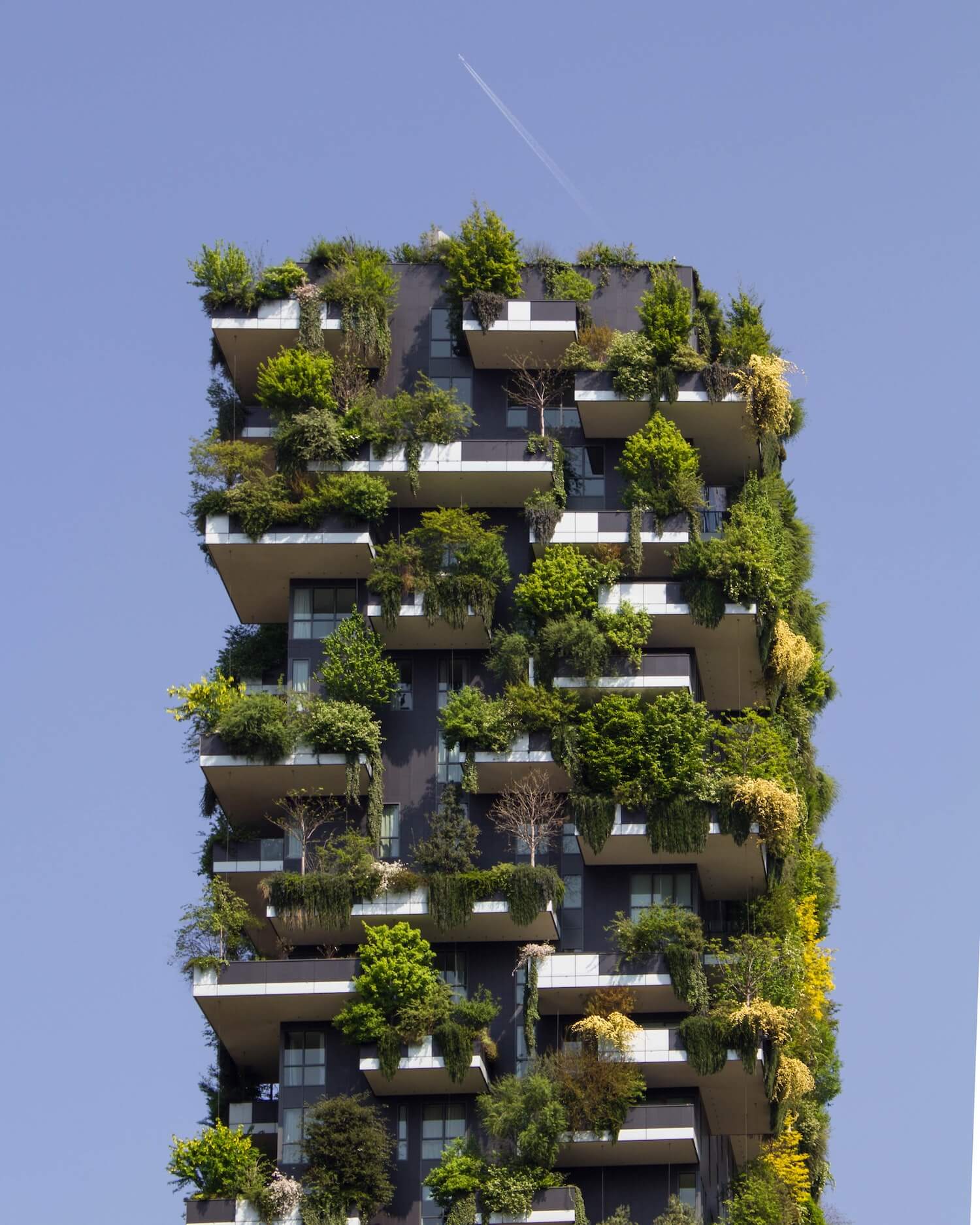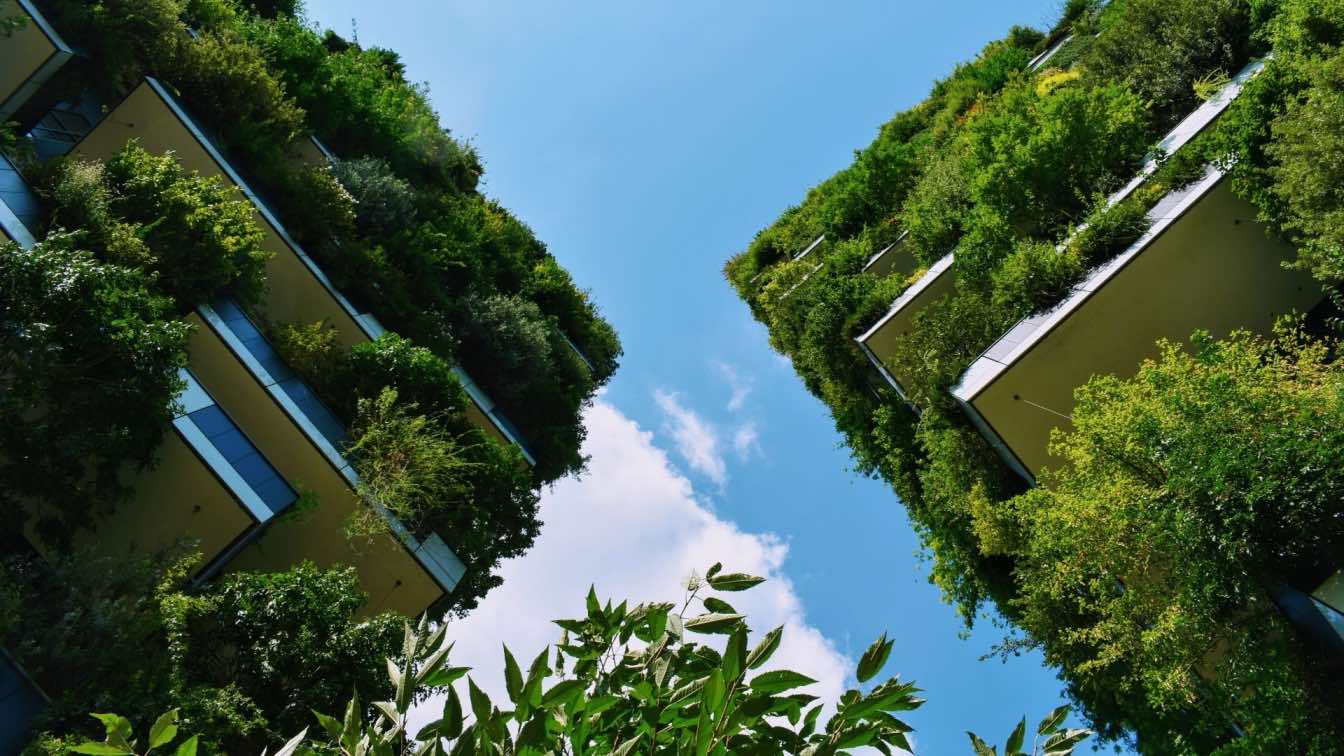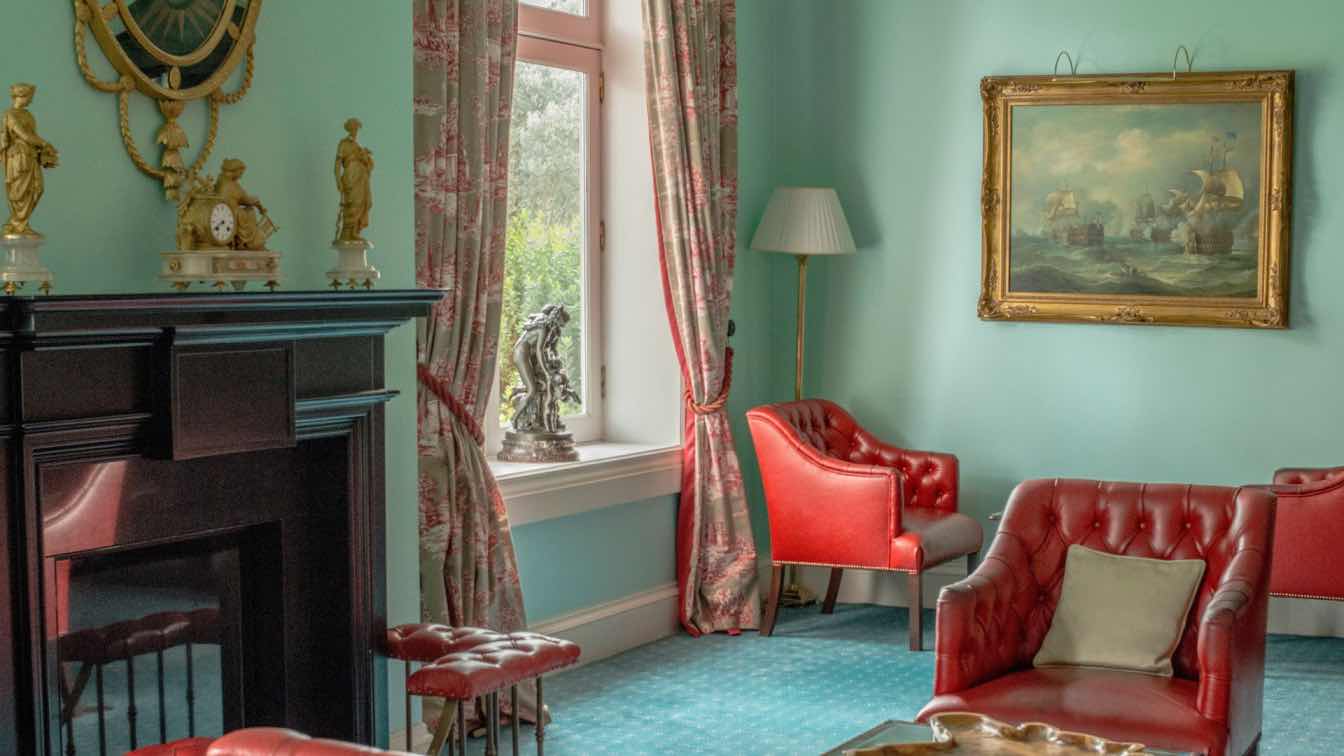Today, sustainability in architecture is a big deal. Over the past years, it has been an extremely hot topic widely covered in the media, TV, and even in schools and students’ academic works. And, by far, it is among the biggest trends in modern design and architecture.
But, where did it all start?
If you are writing an academic paper devoted to sustainable architecture, remember that you can always order an essay at EssayHub and ensure a high grade with less time and effort from your side. Or, keep reading to sort this topic out for yourself.
What Is Sustainable Architecture?
According to the general definition, the term sustainable architecture refers to a high-tech, ecologically-oriented approach to architecture. To put it simply, its core goal is to design ecologically-conscious buildings that minimize humanity’s impact on the environment.
For architecture students studying this concept, there is a reliable cheap research paper writing service that can help them delegate the writing of their research paper on this topic to professional writers. But, in case you are interested in learning more yourself, let’s take a closer look at the key elements of sustainability in architecture.
The first two things worth noting for a better understanding of this concept are that climate change is a real hazard now (and we all finally realize this) and that buildings consume nearly 40% of all energy used in the US. That’s a pretty huge share. That is, if we don’t adopt new approaches to creating those buildings, they will contribute to the resource depletion of our planet.
Sustainable architecture strives to solve this issue. It involves wiser use of energy, space, materials, and ecosystems in general with the goal to protect our environment and ensure energy conservation.
The Past of Sustainable Architecture
Though the most buzz around the topic of sustainability in architecture was created in the past decade or so, the concept itself isn’t new. The history of sustainable architecture dates back to the ancient world. So, where did it all start?
Though it is hard to track the very first application of a sustainable approach in architecture and design, we can see many examples of such concepts in early civilizations. Architects seem like they’ve always had a tendency to draw inspiration from the environment.
In ancient China, there was a trend for bamboo houses. In ancient Rome, architects were creating dry stone walls. Or, look at famous stepwell structures that were designed in Western India centuries ago that kept buildings cool in the hot weather, provided year-round access to groundwater, and, at the same time, created space for ceremonials and social events. All these examples have something in common - they all were created with an accent on natural advantages, the use of locally available materials, and with climate response in mind.
A new big chapter in the story of sustainable architecture began in the late 1980s. It all started with one architect, Bob Berkebile, who had a proactive position and concerns about the future of our planet. Bob attempted to convince the AIA (American Institute of Architects) to re-think the approach to architecture to save the planet. His first petition was turned down in 1989. Apparently, the AIA committee wasn’t ready to adopt a new, eco-friendlier initiative.
However, Berkebile didn’t stop there. Having enlisted the support of other concerned architects from all over the US, Bob eventually took over the 1989’s AIA convention. As a result, a new Committee on the Environment (COTE) was created in the AIA. Together with the United States Environmental Protection Agency, the COTE conducted ongoing environmental research and produced brand new guidelines for architectural design.
In 1993, President Bill Clinton announced his determination to revamp the White House to make it more efficient and reduce waste. He called for help from the COTE. And, this event became a major turning point taking us where we are now in terms of sustainable architecture.
 image © Victor Garcia
image © Victor Garcia
Sustainable Architecture in Today’s World
Having gone a long way from the ancient world to denial in the 1980s, and final acceptance in the 1990s, sustainable architecture has then turned into a real mainstream.
Over the past 20+ years, eco-friendliness has integrated into every field of architecture. From offices and educational facilities to private and public residences, all kinds of properties began to receive “greener” features.
There are plenty of examples of how sustainable architecture fits into modern cities these days. Some of the most notable features we can see now include:
- Vertical planting;
- Living walls;
- Grass roofs;
- Direct natural ventilation;
- Natural light;
- Smart temperature controls;
- Alternative energy sources;
- And much more.
Apart from the design of buildings, in particular, the green mainstream has also resulted in widespread urban improvement. Cities across the US and the rest of the world are now gaining eco-friendly features too. The authorities invest in low-carbon technologies, integrate more green spaces into their cities, adopt smart urban cooling systems, and do much more. And, we believe this is just the beginning.
Final Thought
With the growing population and increased concerns about climate change, the need for sustainability is now greater than ever. Sustainable architecture is proven to have plenty of benefits. Sustainability can positively affect our physical and mental health. Apart from this, it can significantly improve the quality of life in cities. With this in mind, it becomes clear why sustainable architecture turned into such a massive trend. And, it’s clear that this tendency will only grow stronger in the upcoming years.





